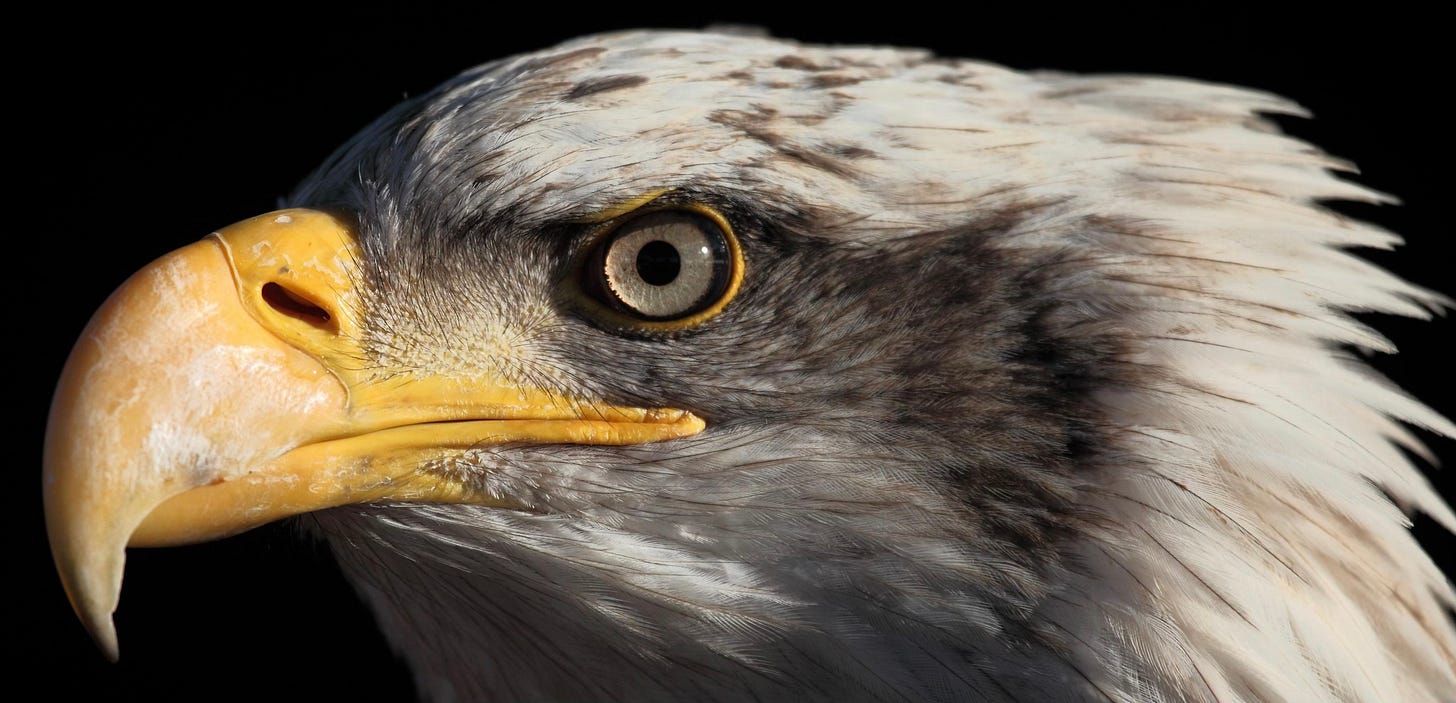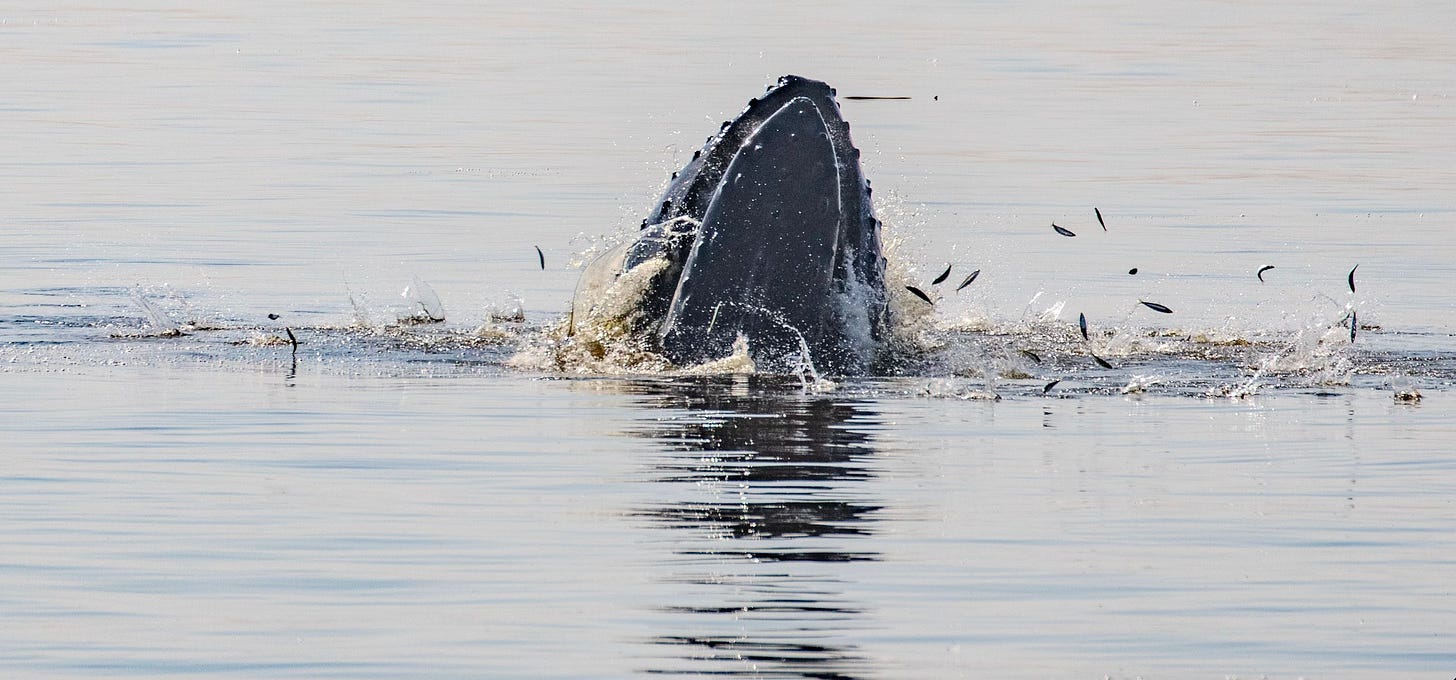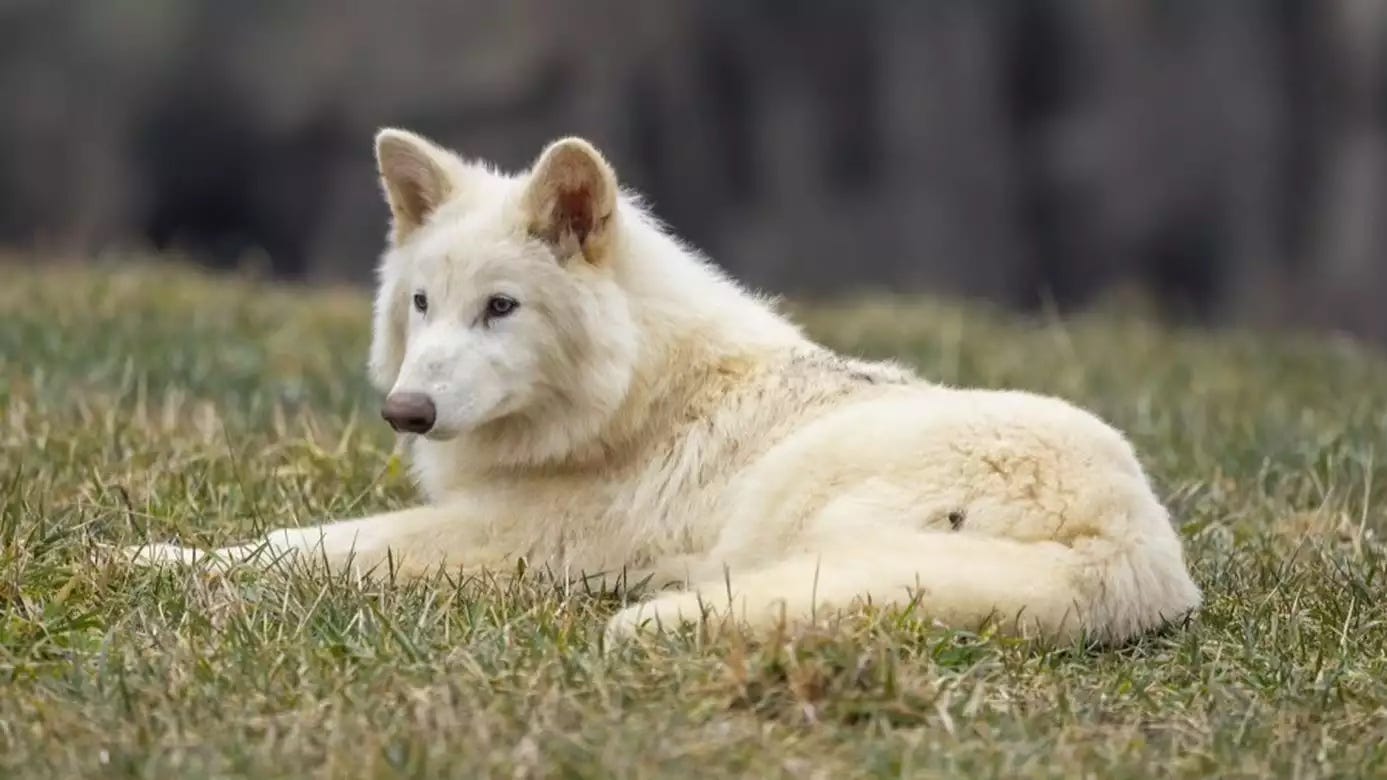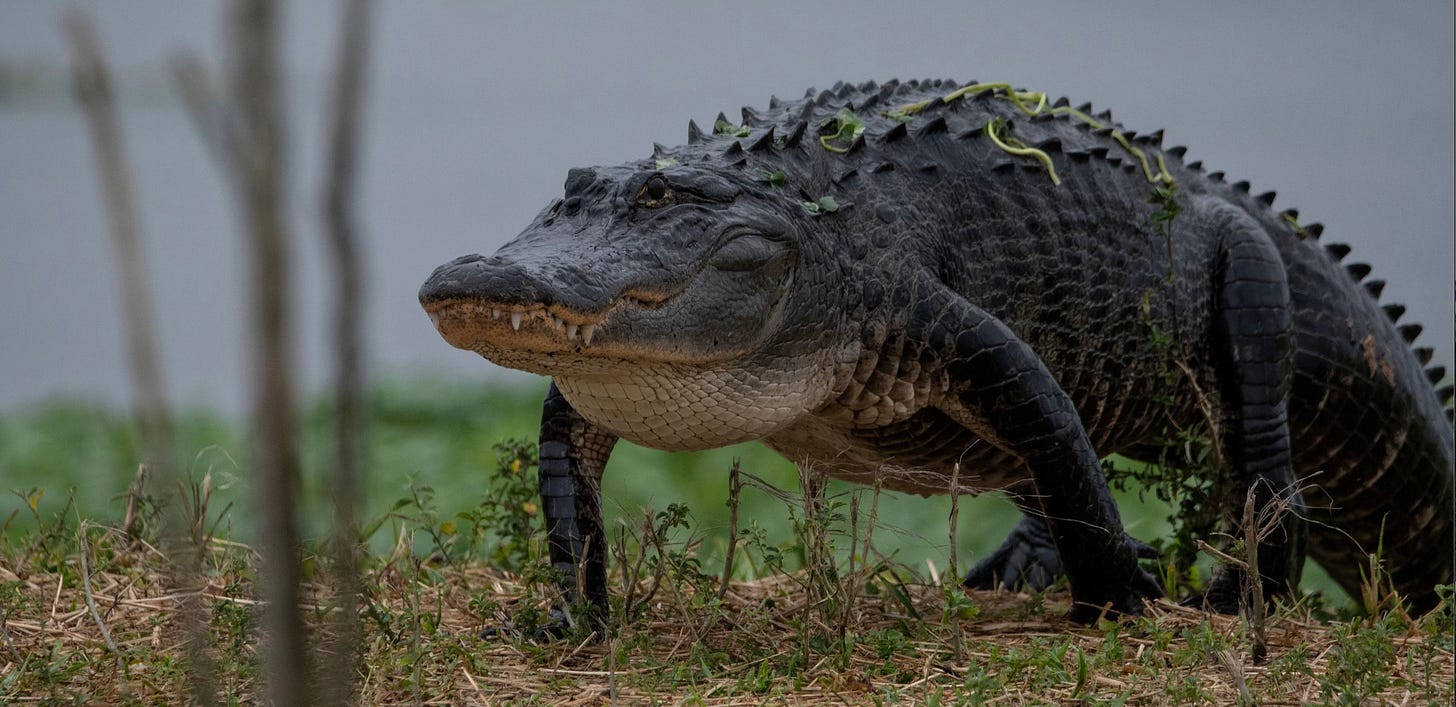
By Dan Fletcher
Here is today’s audio edition:
America's endangered wildlife is facing a new predator.
On Monday, the U.S. Fish and Wildlife Service sent a proposal to the Trump White House that would redefine "harm" under the Endangered Species Act (ESA). While the details haven't been made public, conservation groups fear this represents the opening salvo in a broader campaign to gut the 50-year-old law that has helped bring species like the bald eagle, American alligator, and humpback whale back from the brink of extinction.
To understand why this matters, we need a quick crash course in environmental law. Bear with me — the definitions are important.

The ESA prohibits the "take" of endangered species, which includes actions that "harass, harm, pursue, hunt, shoot, wound, kill, trap, capture, or collect" these animals. Since 1975, "harm" has been defined to include "significant habitat modification or degradation" — meaning you can't destroy critical habitat even if you never directly kill an animal.
This definition was upheld by the Supreme Court in 1995, recognizing the scientific reality that habitat loss is the primary driver of extinction. It's what gives the ESA teeth against development projects that would wipe out the homes that species need to survive.
The new proposal would likely narrow this definition, potentially excluding habitat destruction as a form of "harm." This isn't just a matter of regulatory fine print — it's about whether we believe that protecting a species means anything if we don't also protect the places they live.
But some members of the administration are going one step beyond regulation and questioning whether we even need to bother with saving these species at all.
In a bizarre twist that feels ripped from the pages of science fiction, the administration is using claims of "de-extinction" to justify these rollbacks. On Monday, Dallas-based Colossal Biosciences announced it had created wolf pups with genes modified to resemble the dire wolf, a species that went extinct over 10,000 years ago.

Interior Secretary Doug Burgum immediately seized on this announcement, suggesting that biotechnology — not habitat protection — represents the future of conservation.
"It's time to fundamentally change how we think about species conservation," Burgum wrote in a social media post. "Going forward, we must celebrate removals from the endangered list — not additions."
During a town hall with Interior Department employees, Burgum went even further, suggesting people could "pick your favorite species and call up Colossal" rather than focusing on protecting existing wildlife.
Many scientists are skeptical that these gene-edited wolves represent true "de-extinction" of dire wolves. Paleontologist Julie Meachen, who helped unravel the dire wolf genome, doesn't consider Colossal's canines to be "true" dire wolves and worries this technology will be used "as a carte blanche to delist all the endangered species."
That’d be a disaster, particularly since the ESA has been remarkably successful — 99% of species protected under the law have avoided extinction. But it's also been a frequent target for industries seeking access to resource-rich lands where endangered species live.
By redefining "harm" and hyping questionable sci-fi biotech solutions, the administration is shifting conservation's focus from protecting complex natural ecosystems to potential laboratory workarounds that may never materialize or function ecologically.
This approach fundamentally misunderstands how ecosystems work. A handful of gene-edited animals in a lab can't replace functioning wild populations or the habitats they need. Even if we could reliably "de-extinct" species (a big if), these animals would still need places to live — the very habitats that would lose protection under the proposed rule changes.

Meanwhile, some Republican lawmakers are preparing their own assaults on the ESA, introducing bills to remove protections for bears, bats, wolves, and lizards, many of which happen to live in areas targeted for energy development or logging.
"It's been a bit of a failure," said Rep. Bruce Westerman, chair of the House Natural Resources Committee, regarding the Endangered Species Act.
Conservation groups strongly disagree. Noah Greenwald of the Center for Biological Diversity warned that weakening the definition of harm would "cut the heart out of the Endangered Species Act and be a death sentence for plants and animals on the brink of extinction."
The proposed rollbacks come at a perilous time. Scientists warn we're in the midst of a sixth mass extinction, with species disappearing at 1,000 times the natural rate. More than one million species are at risk of extinction in the coming decades, according to UN scientists.
As this administration moves forward with its plans to redefine "harm," the real harm to wildlife protection could be immeasurable. And, of course, promises of futuristic biotech solutions are cold comfort for the real species facing extinction today.
Quick links! 🔗
As the Endangered Species Act faces attacks on multiple fronts, the recent downlisting of the red-cockaded woodpecker from "endangered" to "threatened" illustrates what's at stake. These small, social woodpeckers have partially rebounded after nearly half a century of protection, but remain dependent on managed longleaf pine forests that have declined by 97%. Despite conservation progress, questions remain about the timing of the downlisting — an investigation by the Southern Environmental Law Center uncovered a federal quota to change the status of 30 species annually as a "wildly important goal."
I mentioned Colossal Biosciences’ TIME magazine cover story in Wednesday’s newsletter, but perhaps too credulously — the story and company are taking a lot of criticism for how they positioned their dire wolf effort. Scientific American has a good overview of the controversy, which centers around the notion that the gene editing Colossal used introduced only a few dire wolf traits; editing on the scale needed to truly recreate an extinct species isn’t yet possible. “This is a designer dog. This is a genetically modified gray wolf,” says Jacquelyn Gill, a paleoecologist at the University of Maine. “I have more than 14 Neanderthal genes in me, and we wouldn’t call me a Neanderthal.”






I'm not American myself, but this is terrifying news to me. Everyone knows how influential the US are. If this becomes a worldwide trend, our future itself becomes a big if (all our resources depend on ecological balance, after all, and one extinction could cause all sorts of ripple effects that biologists could explain much better than I ever could). Sometimes I really do think we live in the worst timeline. If people in power feel entitled to redefine the concept of harm for other species, nothing will stop them from doing the same to our species, too. I'd argue they're already doing that, but that'd be off-topic...